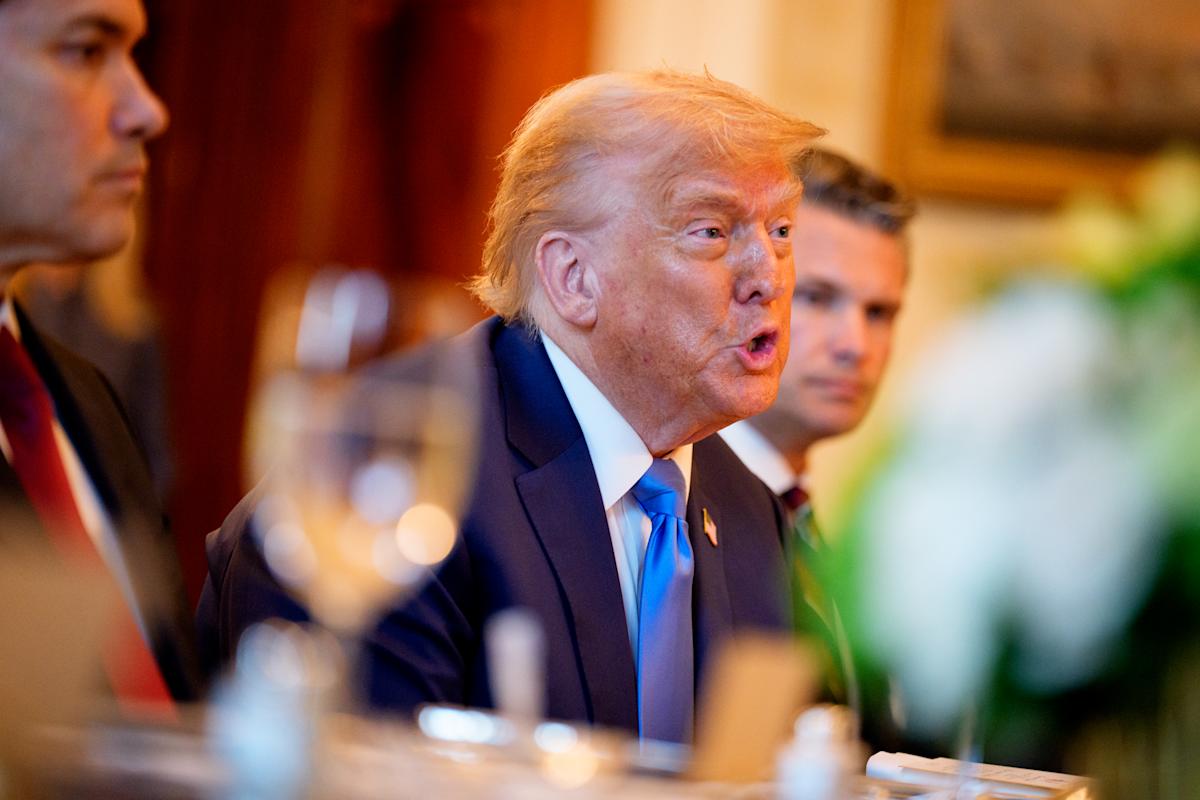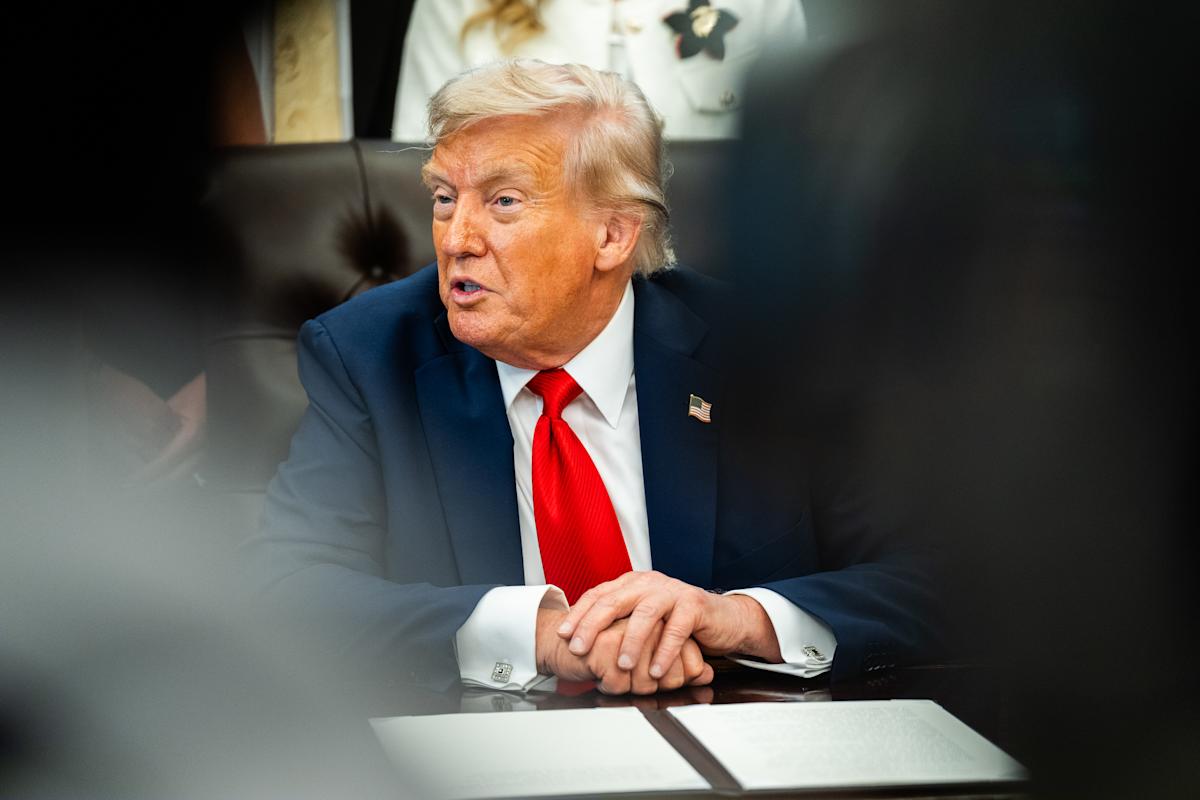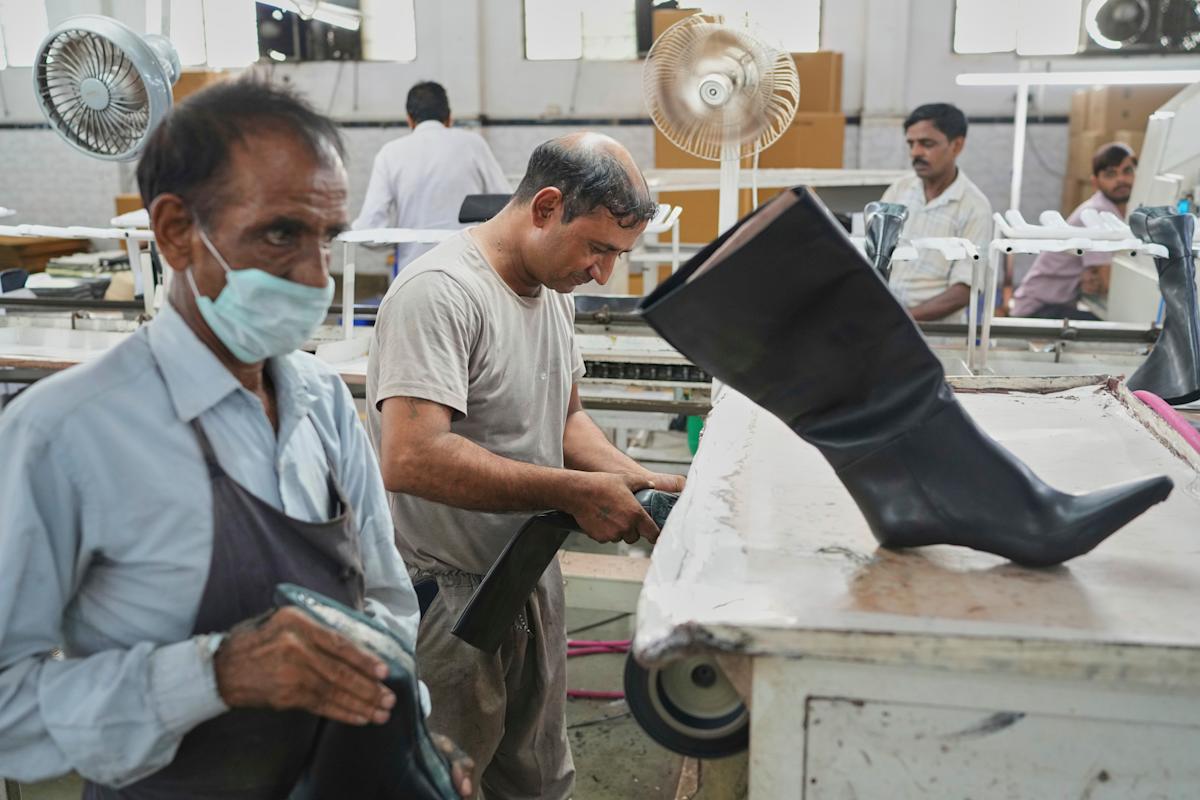Trump's Tariff Letters Target 14 Nations

Overview of New Tariff Rates
President Donald Trump has introduced new tariff rates ranging between 25% and 40% for 14 countries, effective August 1. These rates mark a significant escalation in trade policy, targeting key export sectors of these nations. Countries like Myanmar and Laos face the highest tariffs at 40%, affecting exports such as clothing, leather goods, and seafood. Cambodia, Bangladesh, and Thailand are also impacted, with 35%-36% tariffs on textiles, clothing, and computer parts, respectively. Other countries, including South Korea, Japan, and South Africa, are subject to 25%-30% tariffs, impacting exports like vehicles, electronics, and diamonds. These measures are part of Trump's "reciprocal" trade strategy aimed at addressing trade imbalances.
Global Responses to Tariff Letters
South Korea and Japan have shown a willingness to engage in negotiations to mitigate the impact of these tariffs. South Korea’s Trade Ministry stated its intent to accelerate talks to reach a mutually beneficial resolution before the tariffs take effect. Japan's Prime Minister Shigeru Ishiba expressed regret over the new tariffs but emphasized continued dialogue to safeguard national interests. Conversely, South Africa criticized the tariffs as a misrepresentation of trade relations, calling them unilateral and unfair. The South African government has proposed a new trade framework to address these concerns, while Malaysia and Thailand have also indicated plans to negotiate, underscoring the global dissatisfaction with the policy.
Implications for Global Trade
The new tariffs are expected to disrupt global trade dynamics, with potential shifts in supply chains and export strategies. Countries heavily reliant on U.S. markets may seek alternative trade partners or adjust pricing to remain competitive. The ongoing negotiations with some nations, such as Vietnam and the European Union, indicate that limited reprieves may be possible. However, the uncertainty surrounding these measures could lead to prolonged instability in international trade. The delay in implementation until August 1 provides a narrow window for countries to reach agreements, but the overall increase in tariff rates signals a challenging road ahead for global commerce.
 Sources
Sources- look countries received Trump's tariff letters
 abc
abc - Targets Trump’s new tariffs speak | CNN Business
 cnn
cnn - Trump tariffs live updates: Trump sets tariff rates Japan, South Korea letter spree; China vows payb
 yahoo
yahoo - question Trump dictated tariffs 14 countries: deals
 yahoo
yahoo
 Keep Reading
Keep ReadingAbout the author

Top News
Related Articles
- look countries received Trump's tariff letters
 abc
abc - Targets Trump’s new tariffs speak | CNN Business
 cnn
cnn - Trump tariffs live updates: Trump sets tariff rates Japan, South Korea letter spree; China vows payb
 yahoo
yahoo - question Trump dictated tariffs 14 countries: deals
 yahoo
yahoo
People Also Watch


















